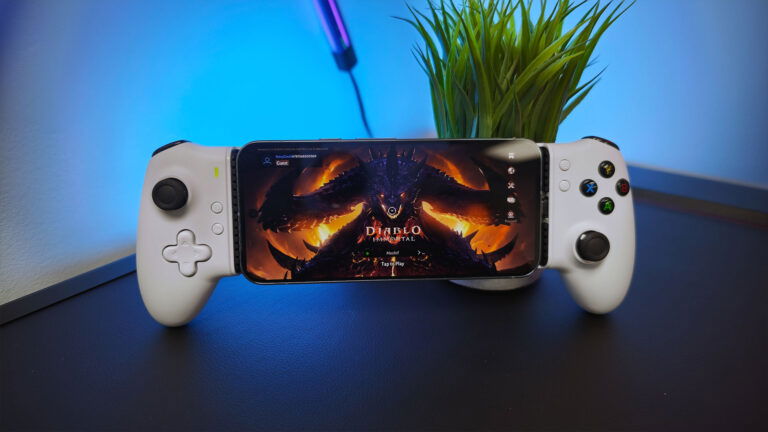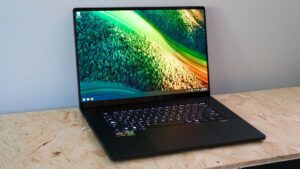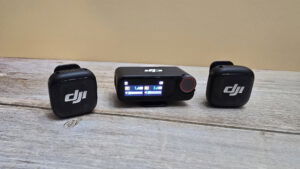I realize how crazy this may sound, but the ZIKE Z331 USB-C Mobile Gaming Stretch Controller is the embodiment of the old adage: “Be careful what you wish for, because you just might get it.” This mobile gaming grip incorporates some of the best ideas and addresses several inconveniences I’ve encountered in past reviews of similar products—so much so that it almost feels like the engineers at ZIKE read those reviews and incorporated my feedback into their design. Of course, that’s a silly notion, but if you’ve read any of my past reviews for these types of devices, you’ll likely agree there’s a lot of “cross-pollination” happening in the mobile gaming grip sector.
Case in point: back in July of last year, when I reviewed the X4 Aileron Bluetooth Cloud Gaming Controller from GameSir, I suggested that the next iteration could be vastly improved by combining the Xbox-inspired form factor, D-pad and USB-C connectivity options of its sister product, the G8 Galileo, with the build quality of rival Nacon’s RIG MG-X Pro. I imagined this would create the perfect mobile gaming grip. Obviously, my suggestions fell on deaf ears at GameSir and Nacon, but 3C electronics manufacturer ZIKE seems to have answered the call regardless, resulting in a gaming grip that looks and feels like it could be a prototype smuggled out of a top-secret Microsoft lab.
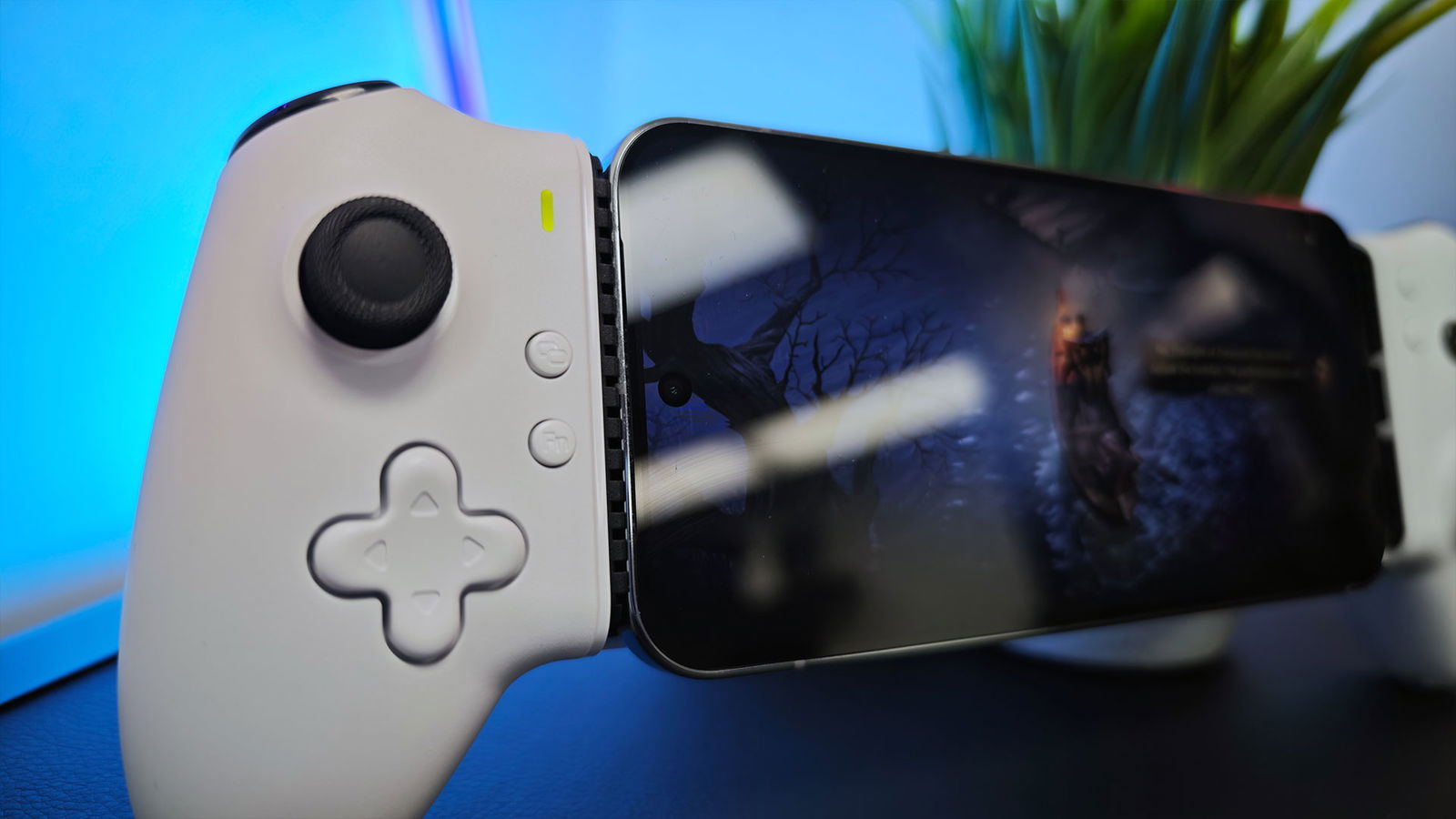
I’m not kidding—the ZIKE Z331 bears so many similarities and feature parities with GameSir’s G8 Galileo that it’s nearly impossible to dismiss them as coincidences. This includes the aforementioned Xbox controller-style design, the nearly identical telescoping cavity where the smartphone slides in, the flexible USB-C connector that enables direct, low-latency, stress-free connectivity to a smartphone, a USB-C port for passthrough charging, dual Hall effect analog sticks and, of course, my most requested feature for any controller: a pair of programmable back buttons.
“The ZIKE Z331 USB-C Mobile Gaming Stretch Controller is the embodiment of the old adage: ‘Be careful what you wish for, because you just might get it.'”
Of course, there are some obvious differences, such as the ZIKE Z331’s striking Robot White colourway, which does a much better job of presenting the mobile grip as a novel piece of tech than the G8 Galileo’s Super Nintendo-inspired grey and purple. The Z331’s secondary button arrangement (Home, Menu, Windows Key and Function Key) is laid out slightly differently, and the USB-C passthrough charging port has been relocated from the bottom of the device to the lower right handle—an inelegant choice. Finally, there’s the omission of the 3.5 mm jack for wired headsets, which translates to increased battery drain—boo! Otherwise, the Z331 could easily pass as the G8 Galileo’s doppelganger.
Of course, there are some obvious differences, such as the ZIKE Z331’s striking Robot White colourway, which does a much better job of presenting the mobile grip as a novel piece of tech than the G8 Galileo’s Super Nintendo-inspired grey and purple. The Z331’s secondary button arrangement (Home, Menu, Windows Key and Function Key) is laid out slightly differently, and the USB-C passthrough charging port has been relocated from the bottom of the device to the lower right handle—an inelegant choice. Finally, there’s the omission of the 3.5 mm jack for wired headsets, which translates to increased battery drain—boo! Otherwise, the Z331 could easily pass as the G8 Galileo’s doppelganger.
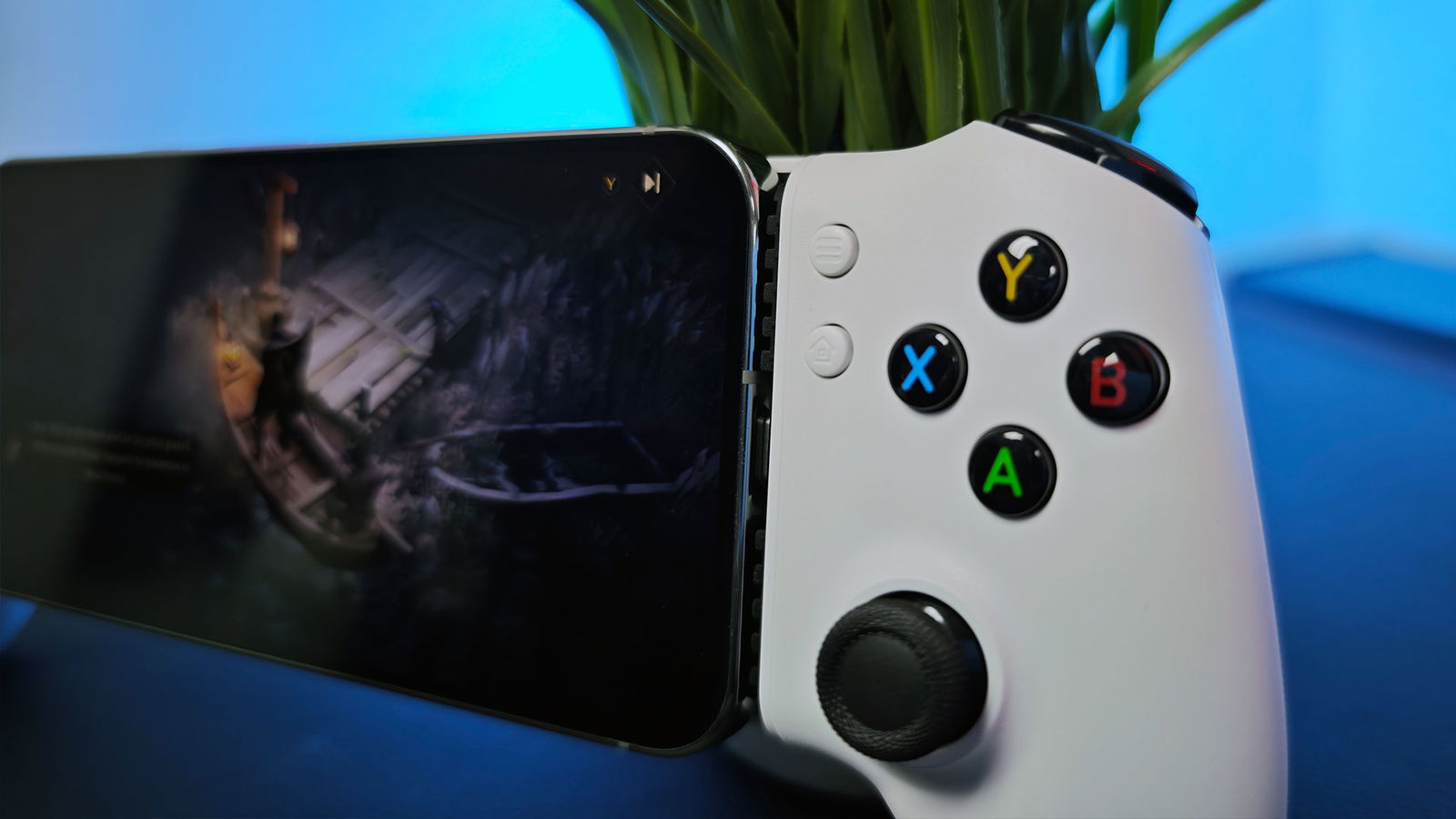
My earlier description of the Z331 as a “prototype” feels even more appropriate upon closer inspection, as there are aspects of the device that seem hastily designed or rushed to market. The decision to paint the secondary buttons in the same colour as the rest of the controller makes it nearly impossible to see the engraved symbols unless viewed under proper lighting and at the right angle, making them awkward to use until memorized. No USB-C charging cable was included in the box with my review unit, nor was there a USB-C female-to-male cable for connecting to a PC or iPad, despite the official marketing materials advertising this feature.
Additionally, aside from the supplementary but highly recommended MooWii Gaming App, all communication in the user manual and on the official website is poorly translated, requiring users to do considerable mental gymnastics to interpret the intended meaning.
That’s regrettable, because as a mobile gaming grip, the ZIKE Z331 boasts several noteworthy features that deserve recognition—whether you’re gaming natively on your phone or streaming from your favourite cloud gaming app. The ZIKE Z331 supports six different control modes, each activated by pressing the Function Key (Fn) in combination with a face button (X, A, B or Y) or secondary button (Home or Menu). Each mode is indicated by a different LED colour when active. The modes (and colours) are as follows:
- iPhone (Fn+B, Green – N.B. the PlayStation Remote Play App works exclusively in this mode)
- Android HID (Fn+A, Yellow)
- XBOX (Fn+X, White – Xinput)
- M Virtual Touch (Fn+Y, Blue – For using the controller with touchscreen-only games e.g., Genshin Impact via the USB-C connector in Android)
- Bluetooth XBOX Mode (Fn+Home, Purple – For connecting in Xbox mode via Bluetooth instead of using the built-in USB-C connector)
- Bluetooth M Virtual Touch (Fn+Menu, Red – for using the controller with touchscreen only games via a Bluetooth connection.
On top of supporting all these modes, users can assign “Burst” (rapid-fire) to almost any button and adjust the speed from 10 to 40 taps per second, map buttons or macros to the back buttons, take screenshots by double-tapping Home, toggle Hair Trigger on or off for either LT or RT, and even switch up the face button layout in certain modes. Players can further fine-tune their ZIKE Z331 settings, button mappings and preferences via the MooWii app. If they’ve forgotten the shortcut for a mode or function, they can easily access, adjust and switch features on or off within the app itself.
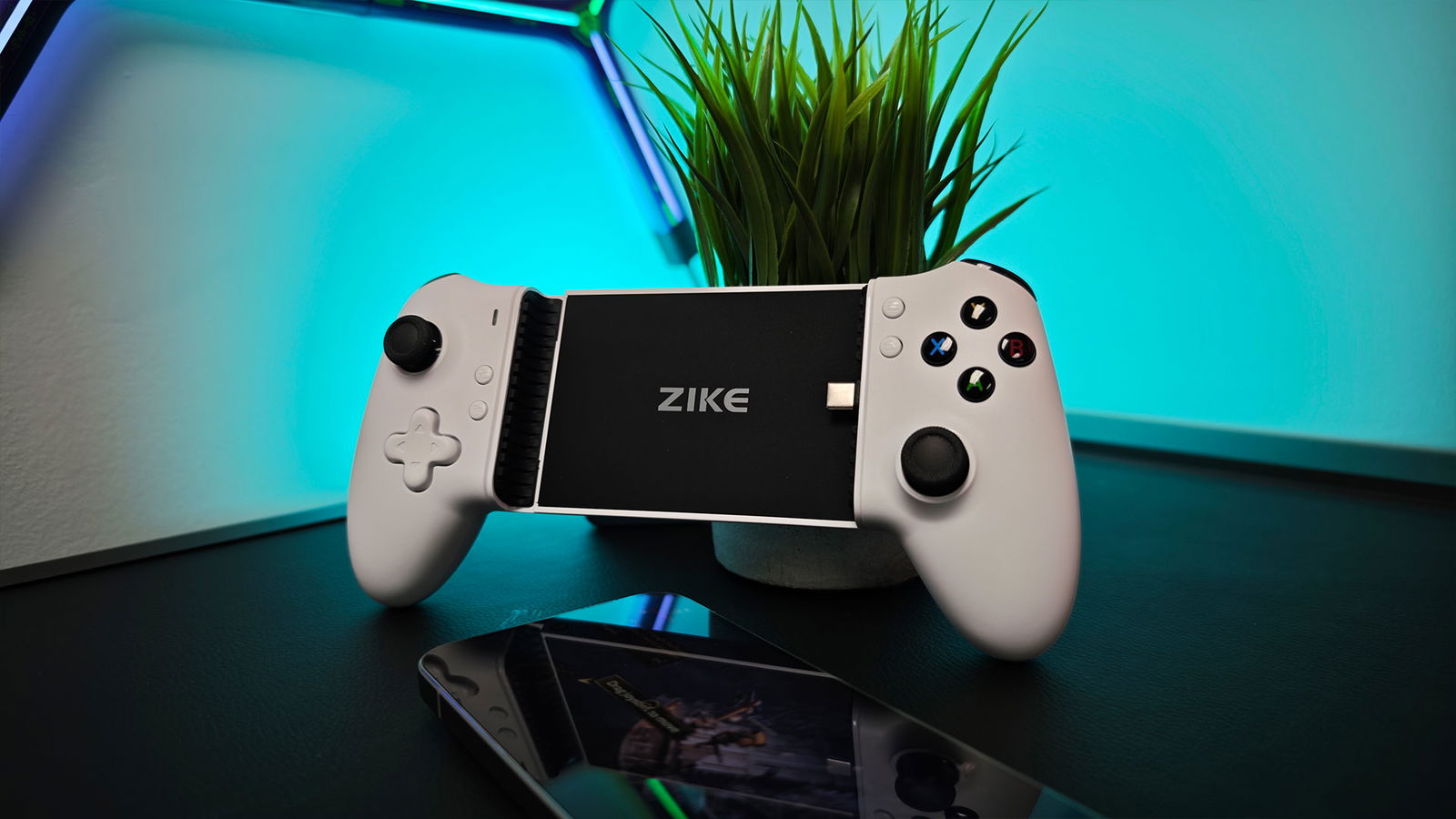
So, how does the ZIKE Z331 feel to use and play? Full disclosure: as someone who primarily plays games on console (Xbox Series and PlayStation 5), doesn’t own an iPhone but occasionally dabbles in Android games, I limited my testing to those platforms. Technically, I consider the Z331’s previously mentioned ability to connect directly to a PC or iPad as a wired controller to be an additional mode. However, since the required female-to-male USB-C cable/adapter was not included and I didn’t have one on hand, I was unable to test those modes. The ZIKE Z331 also supports Apple Arcade games, Steam Link, NVIDIA GeForce Now and Moonlight.
“The ZIKE Z331 bears so many similarities and feature parities with GameSir’s G8 Galileo that it’s nearly impossible to dismiss them as coincidences.”
I installed both Genshin Impact and Call of Duty Mobile to test the MooWii app’s button mapping feature for Android games that only support touch controls. While it took some time to get used to the drag-and-drop interface, I found adapting these touch-only games to suit my console gamer preferences surprisingly satisfying. It’s not something I’d likely do again outside of this review, but it’s an excellent feature for those who prefer physical controls yet want to play touch-only games on mobile.
As a streaming device for both Xbox Cloud Gaming and Remote Play via my PlayStation 5 and Xbox Series X consoles, the ZIKE Z331 lives up to the “dream mobile gaming grip” I once envisioned as a potential follow-up to the G8 Galileo or Nacon RIG MG-X Pro. I tested several games from my PlayStation and Xbox libraries via Remote Play console streaming and Cloud Gaming through my Xbox Game Pass Ultimate subscription. I had great experiences with almost all of them—most of the time, I quickly forgot I was streaming at all.
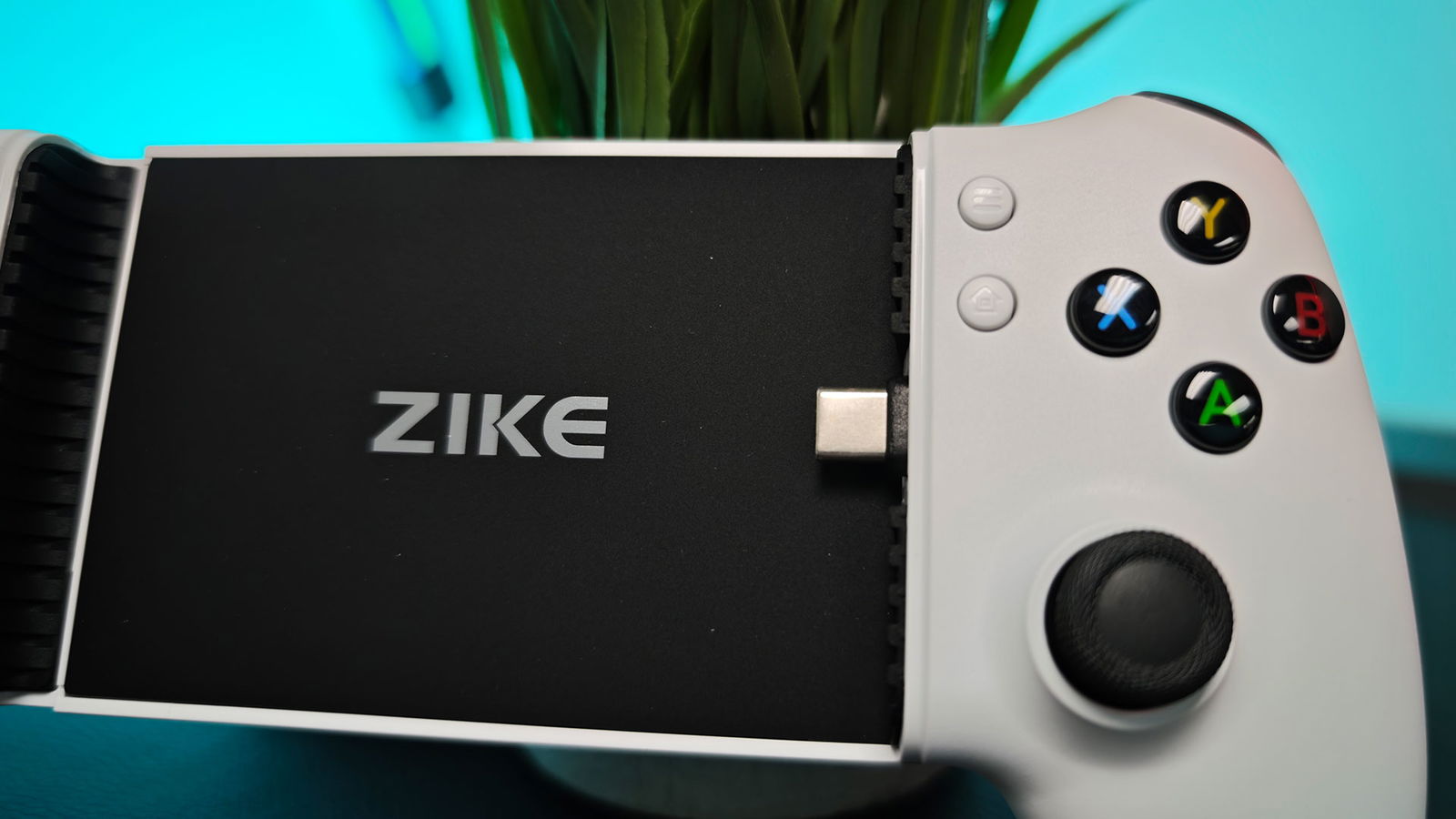
Normally, that wouldn’t be much of a surprise, as I’ve been fortunate enough to have access to home internet and Wi-Fi approaching gigabit speeds for many years. However, this time, I noticed a marked improvement with one specific title that is typically unplayable for me when mobile streaming: Forza Horizon 5. The direct USB-C connection significantly reduced latency in that game, transforming races that were previously unplayable on gaming grips using Bluetooth into “remotely winnable” experiences.
I’d be remiss not to mention the ZIKE Z331’s ergonomics. Measuring approximately 11.5 inches at its widest with a phone inserted, the Z331 is a full inch narrower and 80 grams lighter than my beloved Nacon RIG MG-X Pro, yet it still manages to retain the authentic feel of an Xbox controller despite its lighter build. It easily accommodates larger phones up to 6.8 inches, even with a thin protective case, and is compact enough to toss into a backpack or bag.
More importantly, the ZIKE Z331 feels balanced in hand. The vice-grip on the phone is sturdy, while the textured surface on the back of the controller helps keep the action under control. The dual Hall effect sticks feel responsive, the shoulder buttons and triggers are solid, and the face buttons have a tactile “clickiness” that feels great to tap.
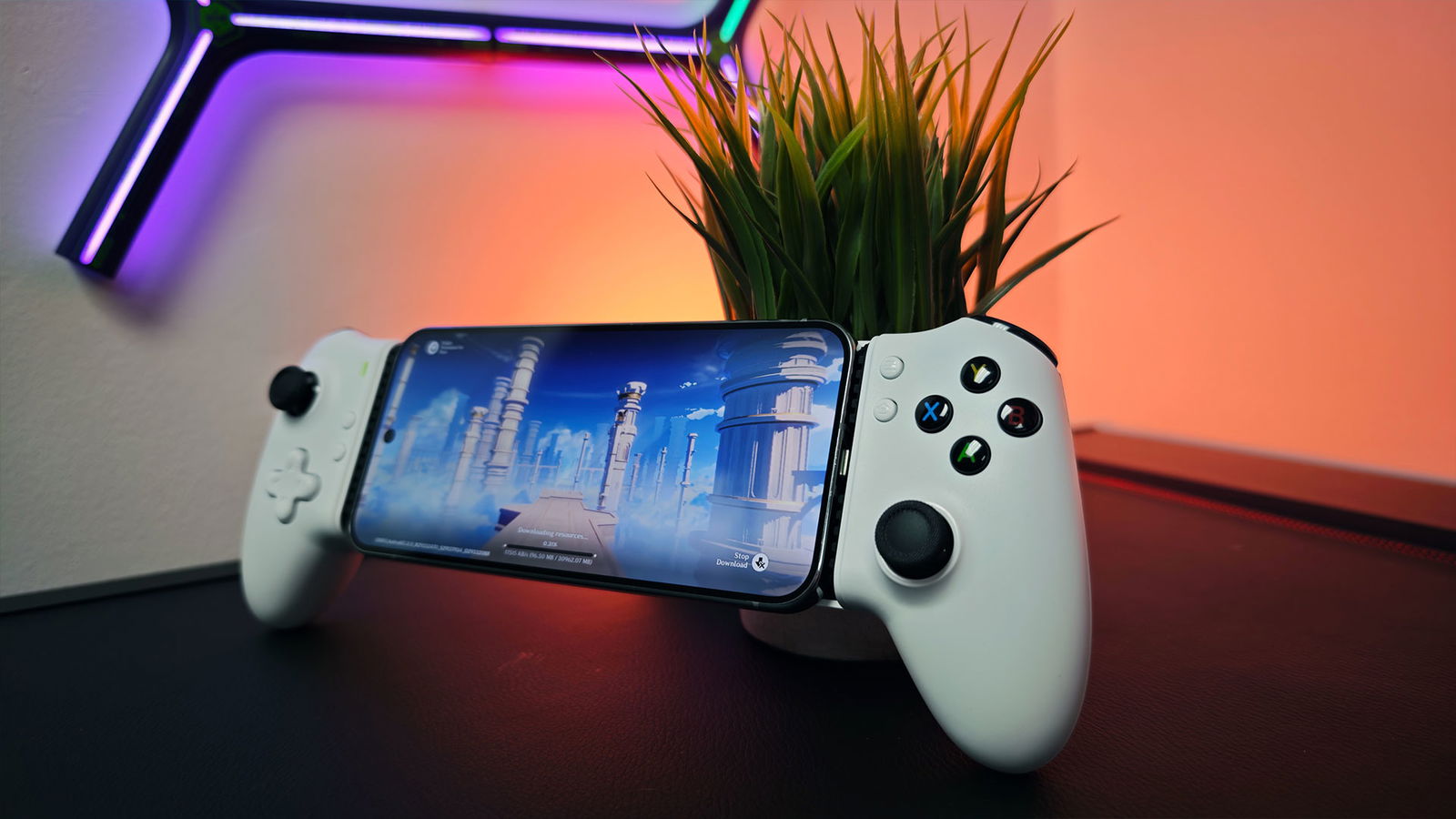
You may have noticed, however, that there’s one feature of the ZIKE Z331 I’ve been avoiding—yes, it’s the D-pad. The fact that neither the documentation in the box nor the website mentions it (apart from calling it the “cross key”) should be cause for concern. To be fair, I have yet to find a “phenomenal” D-pad on any mobile gaming grip I’ve reviewed. The Nacon RIG MG-X Pro’s D-pad was “mushy,” the GameSir X4 Aileron’s was “atrocious,” and the PowerA MOGA XP7-X Plus’s was serviceable—offering hope that better D-pads are possible. My colleague Zubi reviewed the G8 Galileo and claims its D-pad is excellent, so I’ll take his word for it.
“The ZIKE Z331 feels balanced in hand, with a sturdy vice-grip on the phone, textured back for control, and tactile, responsive buttons that enhance gameplay.”
Unfortunately, the ZIKE Z331’s D-pad is abysmal by comparison. In fact, it’s nearly broken, struggling to differentiate between cardinal directions and diagonals. Navigating in a classic RPG, ‘shmup, beat-‘em-up or action RPG always resulted in the same issue: the character would walk forward, then veer off at an angle from the intended direction. More often than not, the character would stop moving entirely, even though I was still holding the D-pad in a direction, as if stuck on an invisible object.
To a lesser extent, navigating menus was also unreliable—though manageable if the directional inputs were tapped rather than held. Frustratingly, there are no options in the MooWii app to adjust the D-pad’s sensitivity. Modern action games that limit the D-pad to simple taps for menu navigation, ability activation or equipment swapping (e.g., Halo Infinite, Forza Horizon 5) play great on the ZIKE Z331, so many players might overlook this flaw. However, games that rely on the D-pad for prolonged movement will likely result in a frustrating experience. Ironically, it’s precisely these types of graphically non-demanding, old-school games—RPGs, action RPGs, beat-‘em-ups—that otherwise perform best via cloud streaming on small screens.
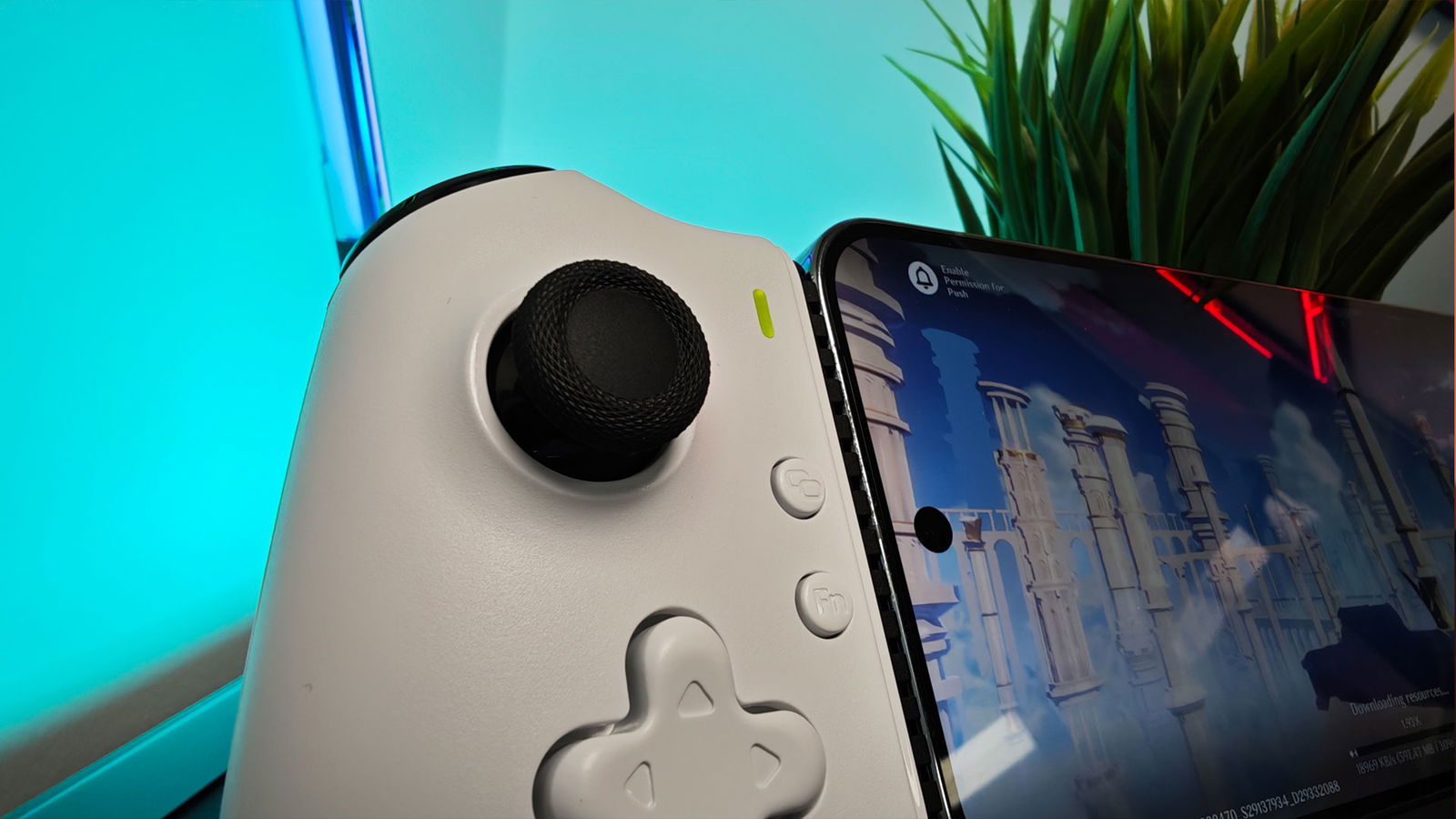
Whether the ZIKE Z331 is the right mobile gaming grip for you over the G8 Galileo or a more popular, better-built product like the Backbone One will largely depend on your attachment to Xbox aesthetics and the appeal of back buttons. For me, however, the ZIKE Z331’s D-pad is a dealbreaker, and it’s the main reason I can’t score the device higher despite its many user-friendly features. The ZIKE Z331 is currently available at a significant discount on the company’s website, but I strongly recommend seeking out the G8 Galileo from GameSir instead. It offers nearly all the same features and conveniences, similar Xbox styling, a far better D-pad and a proper audio jack for wired headphones.
